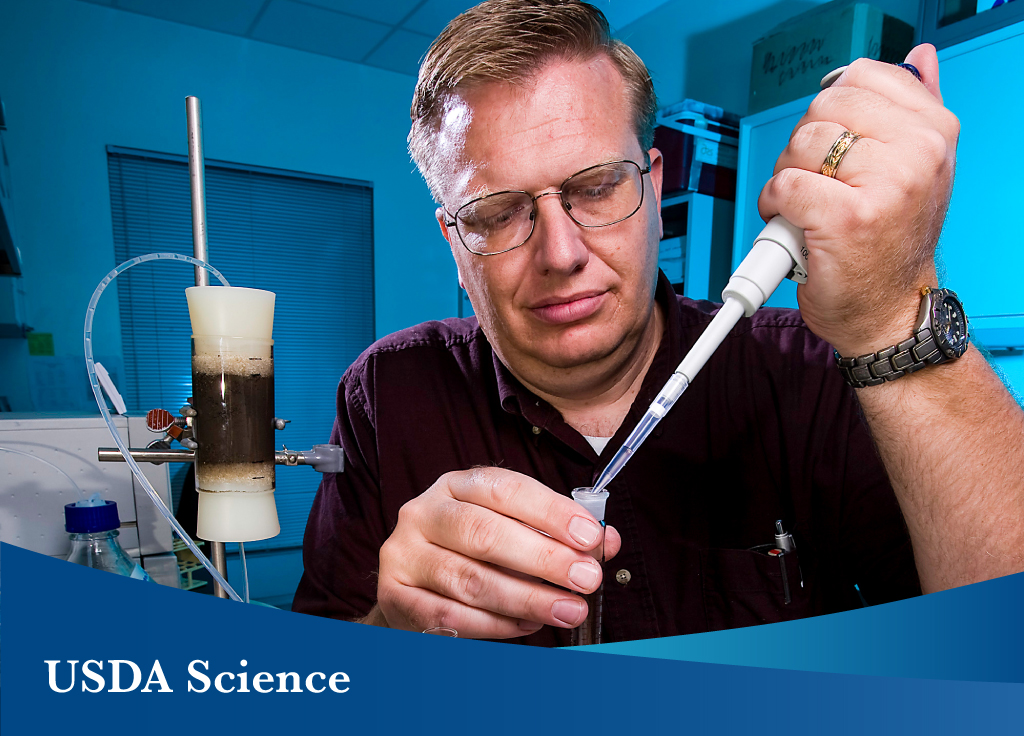Treating and recycling used municipal water for irrigation is not a new concept, but there may be an unforeseen consequence with that practice: Microplastics.
These tiny bits of post-consumer refuse make their way into the sewage system. Microplastics are a result of wear and tear that breaks off tiny pieces of anything that contains plastic, such as clothing, dishes or plumbing fixtures.
Potentially hazardous materials, like antibiotics, can attach themselves to that plastic and enter the agricultural system via wastewater irrigation.
According to Clinton Williams, soil scientist and research leader at the USDA Agricultural Research Service’s Water Management and Conservation Research unit in Maricopa, Arizona, when the wastewater is used for irrigation, the microplastics can accumulate at the root-soil interface, where the antibiotics can be taken up by crops.
These antibiotics may encourage microorganisms to develop antimicrobial resistance (AMR). AMR is a condition in which mutations cause an organism to survive exposure to an agent that had previously been used as an effective treatment.
Wastewater is treated, but treatment plants are designed to remove organic carbon and nitrogen. Antibiotics are at such a low concentration, typically less than 10 parts per billion, that they are not directly removed.
Williams and research partners at Clemson University and the University of North Carolina, Greensboro, are examining the interactive effects of microplastics and antimicrobials in agroecosystems by applying microplastics and antibiotics together to soils, and then measuring the development of AMR.
“[Irrigation with treated wastewater] will increase,” Williams said. “It’s a resource that can be used to increase water supplies without significant costs, [but] if microplastics are shown to increase the uptake of antibiotics and other micro-organics into food crops, there may be a need to remove microplastics from treated wastewater.”
This ARS research supports USDA’s commitment to ensuring a safe food supply and addressing AMR throughout our agricultural systems. Learn more about USDA’s role in addressing AMR at www.usda.gov/topics/animals/one-health/antimicrobial-resistance-overview-amr.

